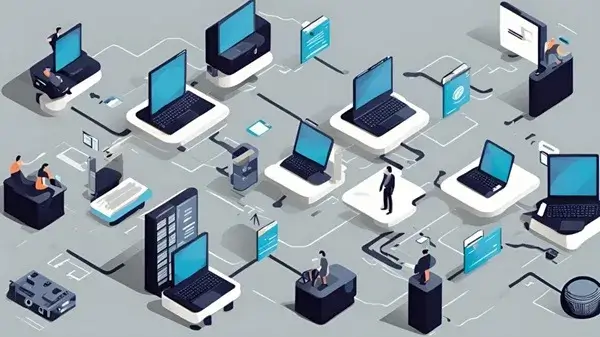5 Ways Next-Gen Platforms Are Redefining Business Data Protection

As the volume, complexity, and value of data continue to grow, businesses are realising that traditional security methods are no longer sufficient. Cyber threats have become more sophisticated, cloud environments have expanded, and regulatory demands are tightening. To meet these challenges, next-generation platforms are transforming how organisations protect, manage, and monitor their most valuable asset: data.
Here are five key ways modern technologies are redefining business data protection and driving smarter, more resilient operations.
Automated Data Discovery and Classification
One of the biggest challenges for any business is understanding exactly where sensitive data resides. Legacy systems often rely on manual classification, which is slow, error-prone, and incomplete. Next-gen platforms automate this process by scanning across hybrid environments, including on-premises systems, cloud storage, and third-party applications, to identify and categorise data in real time.
This automation provides complete visibility into sensitive information, from customer details to intellectual property, enabling teams to apply precise protection measures. It also ensures compliance with global data privacy regulations by identifying regulated information and flagging potential exposure points before they become risks.
Adaptive Risk Assessment and Continuous Monitoring
Traditional security frameworks often take a static approach to risk management. In contrast, modern solutions are dynamic, adapting to changes in data flow and business operations. These platforms continuously assess risks based on factors such as user behaviour, access patterns, and network activity.
If an employee suddenly accesses data they have never used before, or if an external party attempts to download large datasets, the system instantly recognises the anomaly and alerts administrators. This continuous monitoring and adaptive assessment ensure that businesses can respond to threats as they emerge, reducing the time between detection and response.
Integration of Artificial Intelligence and Machine Learning
Artificial intelligence (AI) and machine learning (ML) are at the heart of next-generation protection systems. By analysing massive datasets and historical behaviour patterns, AI-powered platforms can detect subtle signs of breaches that might go unnoticed by human analysts.
These intelligent systems learn from each event, improving their ability to distinguish between legitimate user activity and potential threats. This not only enhances the accuracy of threat detection but also reduces false positives that can slow down teams. By applying predictive analytics, organisations can even anticipate where future vulnerabilities may arise and take preventive action.
Centralised Data Governance Across Hybrid Environments
With data spread across multiple platforms and geographic regions, maintaining control and compliance can be daunting. Modern platforms consolidate governance under a single unified framework, ensuring that policies are applied consistently regardless of where data resides.
This centralised model enhances transparency and accountability. For example, businesses can instantly see who has accessed specific datasets, what changes have been made, and whether data usage aligns with corporate and legal requirements. It also simplifies audits and streamlines the process of demonstrating compliance with data protection standards.
Expert solutions like a unified data security platform provide this level of visibility and control by integrating seamlessly with existing infrastructure, enabling teams to manage access, encryption, and compliance from one secure location.
Zero Trust Architectures and Granular Access Controls
The traditional security perimeter has all but vanished, replaced by a more flexible and interconnected ecosystem. To address this shift, next-generation platforms embrace Zero Trust principles, which operate on the belief that no user or device should be automatically trusted.
Access is granted based on identity verification, device health, and context rather than location or network. Granular access controls ensure that employees can only view the data necessary for their roles, reducing the risk of insider threats or accidental leaks. Combined with encryption, tokenisation, and secure identity management, this approach creates a layered defence that protects data at every stage of its lifecycle.
Building a Resilient Future for Business Data
The evolution of data protection is not just about adding more security layers; it’s about making security smarter, more adaptable, and better integrated into business operations. Next-generation platforms empower organisations to maintain control, demonstrate compliance, and stay resilient against evolving threats.
By combining automation, AI-driven insights, and unified governance, businesses can transform data protection from a reactive task into a strategic advantage. The result is a stronger, more confident organisation built to thrive in a data-driven world.
